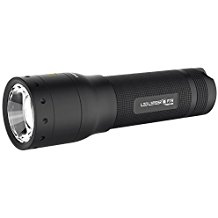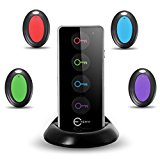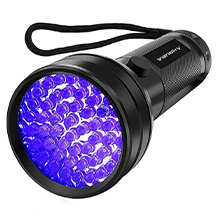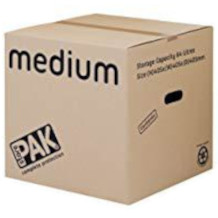Ultrasonic cleaner purchasing advice: how to choose the right product
- What You Need to Know
- Ultrasonic cleaners clean different objects with the help of high-frequency ultrasonic waves.
- Objects such as glasses, jewellery or discs can be cleaned of even the smallest particles of dirt in a matter of minutes.
- Special holders on the device and a timer function simplify cleaning.
- The cleaning process is environmentally friendly and gentle on materials.
What is an ultrasonic cleaner?
Ultrasonic cleaners use ultrasonic waves to remove the smallest dust particles from various objects. Opticians use them, for example, to make spectacles – both the frame and the lenses – look like new again. The process removes the dirt, which may also contain bacteria, even from recesses and screw threads. Such thorough cleaning is impossible by hand.
How does the cleaning process work exactly?
Objects to be cleaned are placed in a stainless steel tub. This is filled to a certain height with water and a special cleaning fluid. The cleaner has a built-in ultrasound generator, which in turn is connected to the tub with vibration-generating systems. An electromagnetic impulse is created by supplying electricity, which generates high-frequency, inaudible sound waves. As soon as the cleaning liquid is set in vibration, slight vibrations occur on the water surface.
The vibrations loosen the dirt; everyday impurities such as dust or grease are thus removed within a few minutes. Many deposits that have accumulated over a long time are also a thing of the past thanks to this method.
Ultrasonic cleaners generate sound waves at a specific frequency that is inaudible to humans. For most commercially available devices, it is between 35 and 50 kilohertz. The higher this value, the smaller the bubbles that are formed and the gentler the cleaning. Even coarse dirt can be removed with a low frequency. Sensitive or delicate parts, on the other hand, should be cleaned with a high frequency.
Cleaning with cavitation and microjets
The exact process by which cleaning takes place is called cavitation – the formation and implosion of gas bubbles. They form in the liquid due to the vibration caused by the ultrasonic waves. When the bubbles hit a solid object, they implode and loosen the dirt. The resulting microscopic currents are called microjets.
You fill the tank of the ultrasonic cleaner up to a certain height with a cleaning liquid. This consists mainly of water, as well as a cleaning concentrate, which you can purchase separately. The ratio in which you mix the two components can be found in the manufacturer’s instructions. As a rule, it is about one tablespoon of concentrate to 100 millilitres of water, but especially for coarser soiling, the concentration can be somewhat higher.
Tap water is generally well suited for the ultrasonic cleaner. However, if you live in a region where water with a very high lime content comes out of the tap, you should use distilled water. You may also add a splash of gentle washing-up liquid if the dirt is stubborn. The devices are suitable for both cold and hot – but not boiling – water. Warm cleaning liquid removes dirt more quickly.
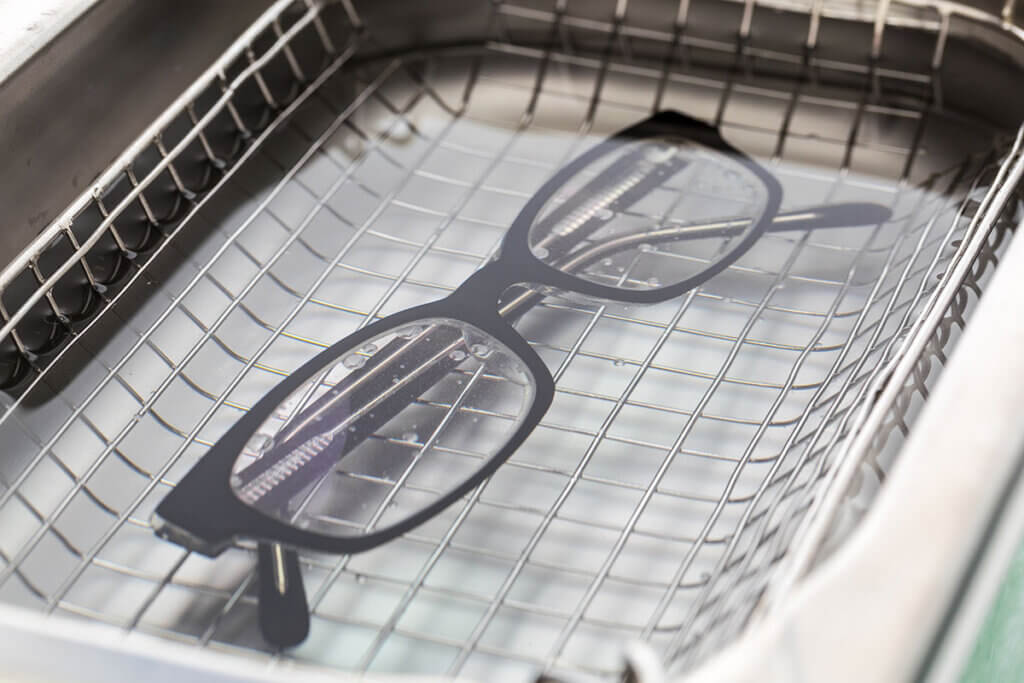
Economical use is possible
By the way, you don’t have to change the cleaning fluid after every operation. Especially if you clean several objects in a row, you can decide spontaneously whether it is necessary to change it. Pay attention to whether the water has become noticeably dirty – at the latest then it is time for a replacement.
Advantages of an ultrasonic cleaner
Since no chemical cleaning agents are used, ultrasonic cleaners are extremely environmentally friendly. At the same time, they are very gentle on the material due to the process of cavitation. Cleaning is more even and faster than with a cloth or brush. In addition, the purchase price is usually manageable and quickly pays for itself with regular use.
What can be cleaned with such a device?
Ultrasonic cleaners are versatile. Among other things, they can clean your glasses and frames, waterproof wristwatches, discs such as DVDs or Blu-Rays, jewellery and cutlery made of precious metals as well as braces or dentures. In general, the devices are suitable for cleaning objects made of metal, ceramics, glass and plastic.
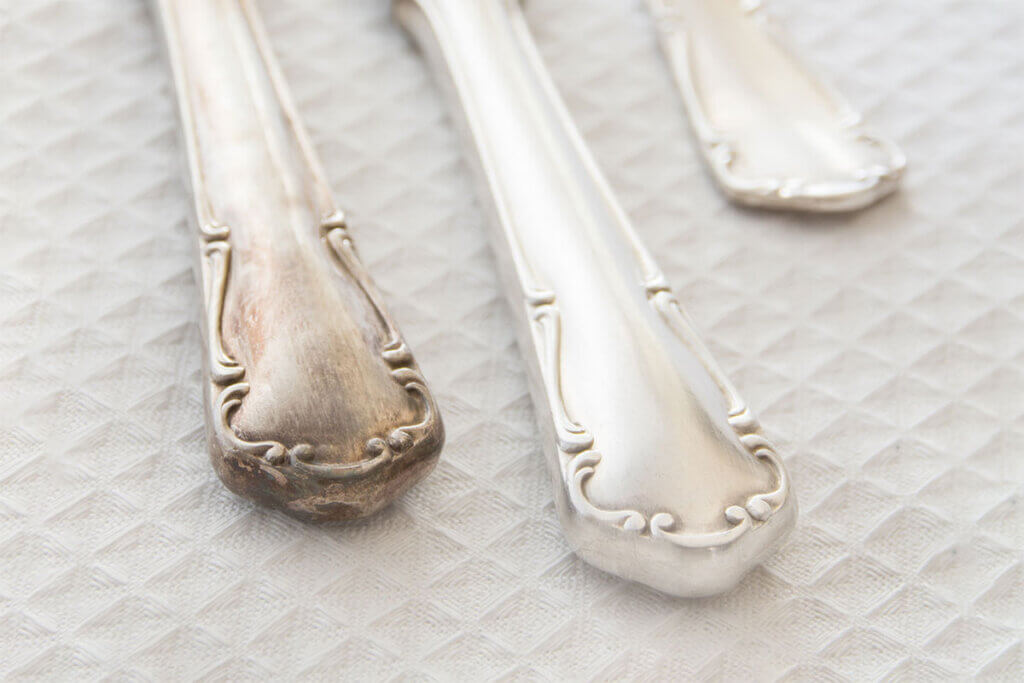
The device plays its great trump card when cleaning hard-to-reach places. Chain links of necklaces or hinges of spectacle frames can hardly be cleaned by hand – these areas are too intricately worked for that. With an ultrasonic cleaner, however, gentle and thorough cleaning is no problem. Delicate and filigree pieces can be processed with noticeable success even with a low cleaning power.
Portable ultrasonic cleaners are true all-purpose weapons and can remove visible dirt from all kinds of objects as well as at least partially kill bacteria. Known as ultrasonic wands, they are great for on-the-go use and also clean laundry, children’s toys and even vegetables.
What is an ultrasonic cleaner not suitable for?
Natural materials such as wood or leather do not belong in such a device. Moreover, the sound waves could damage the movement of automatic watches, even if they are waterproof. Objects with scratched surfaces – i.e. possibly also spectacle lenses or CDs – should also not be treated with this device, as there is a risk that the scratches will deepen. Treatment in the ultrasonic cleaner can discolour costume jewellery or cause the alloy to flake off.
Suitable for the ultrasonic cleaner
- Glasses and sunglasses
- Waterproof watches
- CDs/DVDs/Blu-Ray discs
- Jewellery
- Metal cutlery
- Dentures/braces
- Coins
- Razor blades
Not suitable for the ultrasonic cleaner
- Wood
- Leather
- Textiles
- Pearls and precious stones
- Costume jewellery
- Contact lenses
- Items with scratches
- Objects with a lacquer or paint coating
For whom is an ultrasonic cleaner useful?
An ultrasonic cleaner is not exactly a standard household item. However, due to its versatility, quick cleaning action and sometimes affordable purchase price, it can be a useful investment for many people; especially if they own some of the items mentioned above.
For example, spectacle wearers who work outdoors or are exposed to high levels of dust at the workplace can clean their glasses at home with little effort using an ultrasonic cleaner, rather than having to visit an optician. People who own a lot of jewellery or who buy second-hand jewellery frequently will also find regular uses for the device.
Useful in the laboratory and workshop
In workshops or art studios, there are numerous objects that can be cleaned with an ultrasonic cleaner. For collectors of jewellery, coins, weapons or other art objects, such a device is also a sensible purchase. In the professional sector, the cleaners are not only used by opticians, but also in laboratories as well as nail and tattoo studios to clean various devices and utensils.

Large ultrasonic cleaners with a capacity of six litres can be used for engine parts of cars or motorbikes to remove oil residues or other dirt and even rust. If corners and holes cannot otherwise be cleaned by hand, or can only be cleaned with effort, the cleaning device works much more precisely and provides a new shine for nuts and gears, but also for large parts. Stubborn dirt is at least loosened, so that it can then simply be removed with a wet cloth.
Differences between ultrasonic cleaners
The devices come with different sized cleaning trays. So when buying, consider what you want to clean. A tub that is too small may result in you having to perform several cleaning operations; a tub that is too large will require more water, but more importantly, more power. There are small models with a capacity of about half a litre, larger models for private use hold four litres or more. Also pay attention to the power. The more liquid the appliance holds, the higher the power should be: about 50 watts per litre is useful to ensure an efficient cleaning process.
Costs of the cleaning devices
Some ultrasonic cleaners are already available for about 40 euros. Larger and more feature-rich versions often cost 100 euros and more. For occasional use, a smaller device should suffice. If you use the cleaner regularly, for example as part of a collector’s hobby or artistic activity, you would be well advised to choose a device with many functions. A higher price can quickly pay for itself, as you get a larger tub volume or more accessories in return.
Accessories
It is recommended not to place any objects directly on the bottom of the stainless steel tub during operation, as this may cause damage to the appliance. For this purpose, a small metal basket is usually supplied with the cleaners. This is simply hung in the tub before starting and serves as a tray. There are special holders for some utensils such as discs or watches. If you want to clean particularly small items, you should pay attention to a close-meshed sieve.
A viewing window allows you to observe the process. In addition, most devices are easy to operate. You do not need more than an on/off button and a timer to set the cleaning time. Preset programmes run between 90 seconds and ten minutes. High-quality models often allow a continuous mode, but this is not really necessary for private use.
You may also find a heat function on models with extensive features. This is not always necessary, as ultrasonic cleaners can also be filled with hot water. However, if you want to use a water charge several times and increase the cleaning performance with warm temperatures, a heating function is a good idea.
Warning and care instructions
Do not immerse your hands in the liquid during cleaning, as the ultrasonic waves can attack the skin and even bone tissue. Also, do not start a cleaning process with an empty tub. This can cause lasting damage to the electromagnetic elements in the unit. Nor should you add salts, acids or chemical substances to the cleaning fluid. Clean the stainless steel tub and the basket regularly with warm water and a cloth, otherwise limescale deposits may form. However, do not use steel wool or aggressive cleaners so that you do not damage the surface.
Signs of wear
After some time, the ultrasonic cleaners suffer from so-called cavitation wear, which can be delayed, but cannot be avoided in the long run. The sound waves affect the surface of the cleaning tank – if you clean more frequently with a lower frequency, i.e. for coarser soiling, the cavitation is all the higher and the damage can occur sooner. The result is a lower cleaning line and, in the worst case, a leaking cleaning tub. You can achieve longer durability if you clean more frequently at a high, gentle frequency, as is also recommended for sensitive parts.
Fig. 1: © wsf-f / stock.adobe.com | Fig. 2: © PhotoSG / stock.adobe.com | Fig. 3: © Anton Gvozdikov / stock.adobe.com

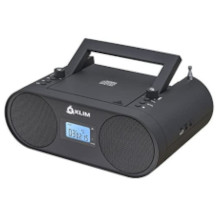
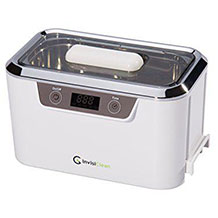
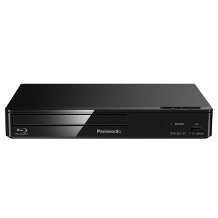

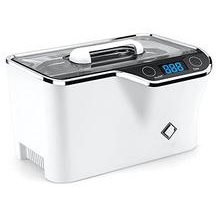
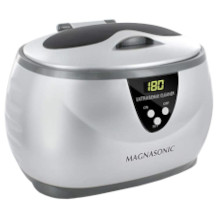
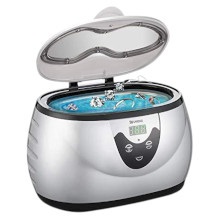
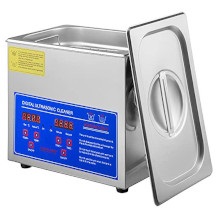
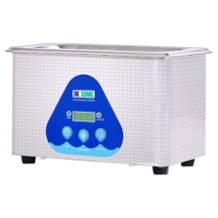

 1,707 reviews
1,707 reviews
